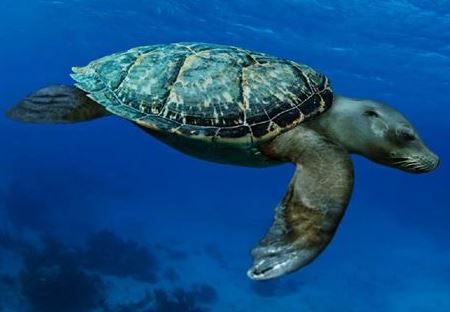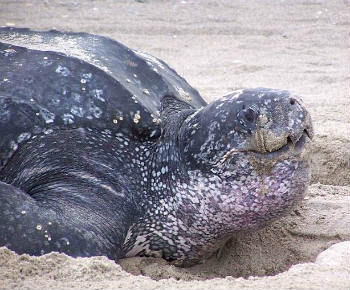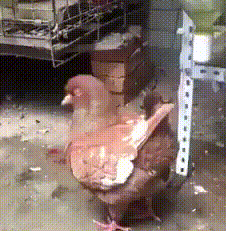A Turtle-seal Hybrid?
Mammalian Hybrids
|
But in the seas, spread out as they are far and wide, forming an element at once so delicate and so vivifying, and receiving the generating principles from the regions of the air, as they are ever produced by Nature, many animals are to be found, and indeed, most of those that are of monstrous form; from the fact, no doubt, that these seeds and first principles of being are so utterly conglomerated and so involved, the one with the other, from being whirled to and fro, now by the action of the winds and now by the waves.
—Pliny the Elder
The Natural History (9.1) |
 A reconstruction of the animal described in the news report quoted on this page. (Image: Matthew Crow)
A reconstruction of the animal described in the news report quoted on this page. (Image: Matthew Crow)
Note: Any claim that hybrids can be produced from this highly disparate cross would require confirmation from a specimen.
What may have been a turtle-seal hybrid was reported on page 4, column 3, of the August 11, 1840, issue of the Oneida Whig, a newspaper published in Utica, New York (source):
The Baltimore American says:
“The creature would be a curiosity, we should suppose, any where, from its enormous size, but it is certainly a rarity in our waters. Its weight is supposed to be about 1000 pounds.”†
Are turtle-seal hybrids possible?

Dermochelys coriacea
The Leatherback Sea Turtle (Dermochelys coriacea) has various characteristics that seem to connect it with mammals, in particular its scaleless skin and ability to maintain body temperature above ambient conditions, even in arctic waters (Frair et al. 1972; Paladino et al. 1990). It also lacks a bony shell. In a study of its skeleton, Rhodin et al. 1981 found that the “chondro-osseous morphology of Dermochelys is unlike that of any other known extant turtle or reptile but is more similar to that of marine mammals.” Moreover, leatherbacks have an extensive covering of brown adipose tissue (Goff and Stenson 1988), a characteristic otherwise associated with mammals, not reptiles, because it plays an essential role in warmbloodedness. Tsatsanis et al. (2015) state this specifically:
In a study of leatherbacks Paladino et al. (1990) reported that "metabolic rates of adults at rest and while nesting are intermediate to those predicted by allometric relationships for reptiles and mammals,” which is what one would expect from the product of a reptile-mammal cross.
Is it possible, then, that the leatherback sea turtle represents a hybrid between some type of more conventional sea turtle and a marine mammal such as a seal? If so, then the seal-headed creature described in the report above might conceivably have been a hybrid between a leatherback (or some other sea turtle) and a seal, which was perhaps oversized due to heterosis.
The mere fact that this cross is so distant would be enough to convince many people of its impossibility. After all, seals and sea turtles belong to two different vertebrate classes, Mammalia and Reptilia, respectively. However, there is, in fact, quite a bit of evidence that interclass crosses do occasionally occur. Indeed, there are various reports about other mammal-turtle crosses, both turtle-cow hybrids and turtle-sheep hybrids. And there are even reports about turtle-human hybrids.
By the same author: Handbook of Avian Hybrids of the World, Oxford University Press (2006).
Most shared on Macroevolution.net:
Human Origins: Are we hybrids?
On the Origins of New Forms of Life
Mammalian Hybrids
Cat-rabbit Hybrids: Fact or fiction?
Famous Biologists
Dog-cow Hybrids
Georges Cuvier: A Biography
Prothero: A Rebuttal
Branches of Biology
Dog-fox Hybrids
 Chicken-pigeon hybrids
Chicken-pigeon hybrids